What is a factory farm and just how bad is it for our environment? Or rather, just how bad for our planet is raising animals as food period? Animal agriculture is taking a heavy toll on the earth’s remaining water, land and grain resources. And this creates a tremendous, unsustainable volume of waste and pollution in its wake.
So let’s take a closer look at factory farming, the resources required to sustain a meat-based diet, and the environmental consequences we must address due to our addiction to hamburgers and bacon…
The Need for Mass Production / Increased Profits Despite Consequences to the Environment
Once upon a time there was a small farm — a family-owned and operated farm that raised a few cows, pigs, and chickens. The animals were kept mainly for their milk (cows), eggs (chickens) and living trash compactor and/or truffle hunting abilities (pigs). The farmers took pretty good care of their animals — made sure they were well fed and that their natural needs were considered. Cows grazed in open pastures during the day and came back into a barn for protection from predators and weather at night. Pigs frolicked in the barn yard. Chickens remained close to their shelters, enjoyed the sunshine, searched for food, and roosted inside at night. The pollution emitted from this handful of animals was minimal and manageable; farmers used or sold the manure to fertilize crops.
Then came the 1980s when the concept of the mass production of animals raised for food entered the scene in the form of large-scale farms, also known as CAFOs (confined animal feeding operations). This was done in part to meet the growing demand for meat and animal products due to the increasing human population, but also in order to maximize profits for a handful of large producers. Because someone obviously figured out a way to squeeze more animals into smaller spaces, deprive them of their natural needs for sunlight, space, air and movement, and treat them like machines in order to extract as much from them in as little amount of time and expense as possible.
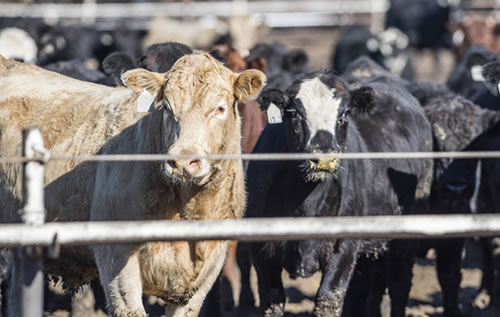 So not only did CAFOs systematically put small farmers out of business, but cramming thousands of animals into very small spaces also created a host of other problems for our environment. Just ask anyone who lives near a factory farm…
So not only did CAFOs systematically put small farmers out of business, but cramming thousands of animals into very small spaces also created a host of other problems for our environment. Just ask anyone who lives near a factory farm…
The Requirement for Natural Resources
Now let’s take a look at some of the numbers: In the U.S. alone, we raise and kill approximately 10 billion land animals for food every year. Worldwide, people harvest approximately 60 billion land animals every year for food.
Did you know that it takes between 2,500 and 5,000 gallons of water to create one pound of beef? (One pound of wheat requires 25 gallons of water.) Or that one cow requires two to five acres of land, consumes 16 tons of grain, and creates 12 tons of manure in just one year? In the U.S., farmers use a total of 85% of all agricultural land to grow food for the animals. Humans grow and harvest 80% of all grain and over 70% of all soy just to feed farmed animals.
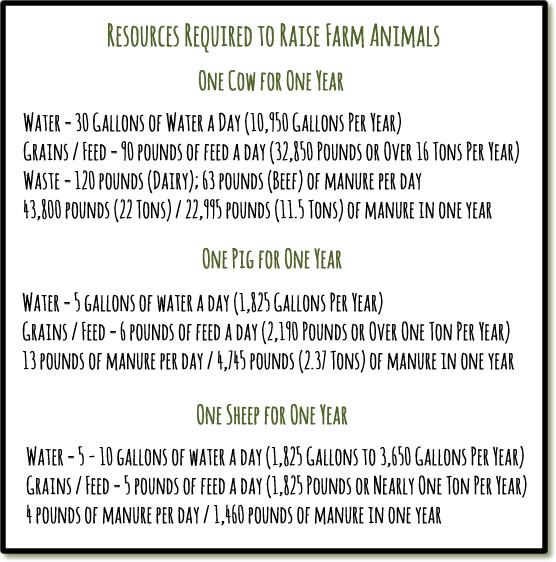
The amount of resources required to create that source of “food” for so many humans — pouring all of those valuable resources into an animal raised for food — does not make a lot of sense. It makes more sense to cut out the middle man (so to speak). We should utilize those same resources in a much more efficient manner instead.
“It’s bizarre, really: You take a crop like soybeans, oats, corn, or wheat, which are all high in protein, fiber, and complex carbohydrates but devoid of cholesterol and artery-clogging saturated fat. You feed them to an animal and create a product with no fiber or complex carbohydrates at all but with lots of cholesterol and saturated fat. It makes about as much sense as taking pure water, running it through a sewer system, and then drinking it.” PETA
What Happens to All of That Manure in Our Environment?
So what happens to all of the manure created daily from 60 billion land animals? Here are some statistics. And although it’s difficult to visualize or imagine these huge quantities of manure running into the land and waterways everywhere, it is the reality of the situation:
In the U.S. alone, 10 billion farm animals create 7 million pounds of waste every minute. This totals 2 trillion pounds (1.5 billion tons) of manure every year. Multiply these numbers by six to reach the worldwide manure totals for farm animals that is released into the environment.
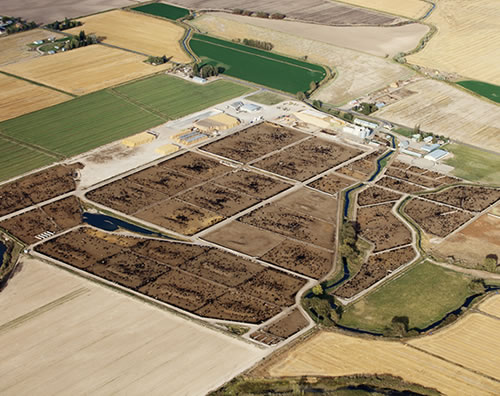
Unfortunately, the waste treatment practices used by factory farms do not protect our drinking water or environment. And the manure inevitably ends up in our rivers, streams, groundwater and oceans. This pollution then kills billions of fish, creates huge ocean dead zones, and contaminates water for human usage.
So if you hear about a random vegetable recall due to the presence of E.coli or other harmful bacteria, the chances are good that it’s because there was a CAFO nearby that contaminated a local vegetable crop.
The Air That You Breathe
If you put billions of farm animals together on one planet, what do you get? The number one source of methane gas and nitrous oxide. These two gasses are 20 and 300 times (respectively) more powerful than carbon dioxide at trapping heat in our atmosphere. And this trapped heat leads to global warming.
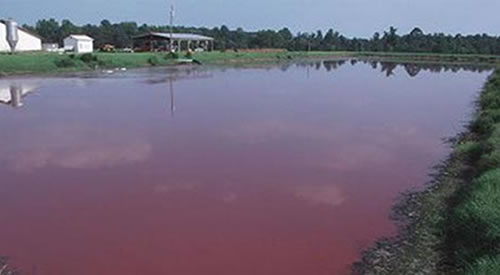
And animal waste has been credited with creating more than 80% of ammonia emissions entering our air and atmosphere. The C02 greenhouse gasses generated from animal agriculture alone surpasses that of all cars, trucks, planes and ships combined. And the production and processing of animals for food consumes one-third of all fossil fuels.
The Land
Here are some facts about how animal agriculture has impacted our land including soil and rainforests:
In the U.S. nearly 80% of all agricultural land is used to raise animals, whether for grazing or for growing grains to feed the animals. Overgrazing has led to extreme soil erosion and desertification that has turned one-third of the earth’s once fertile land into desert land. Millions of acres of rainforest in the Amazon, China and all over the world have been destroyed to grow crops used to feed factory farm animals. And livestock grazing is the number one cause of threatened or extinct species of other animals and plants.
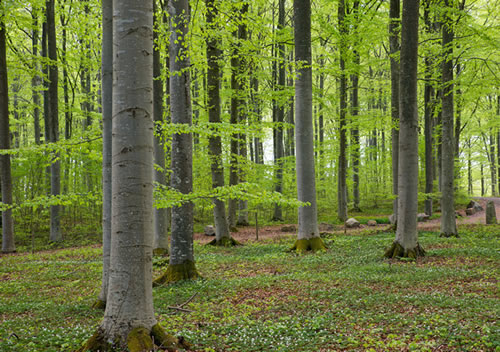
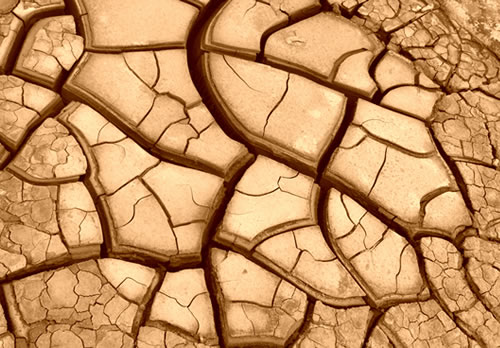
And the billions of tons of manure from farmed animals every year leaches into the land / soil, air and waterways with an alarming level of mass destruction to the environment.
The Local Waterways and Ocean
Without a doubt, manure is the number one source of pollution to our rivers, streams, lakes, groundwater and oceans. And animal agriculture also:
- Consumes one-half of all water sources.
- Depletes the aqufiers needed for irrigation.
- Consumes between 70 percent to 85 percent of all freshwater supplies.
- Contaminates drinking water and other waterways with pesticides, fertilizers and harmful bacteria.
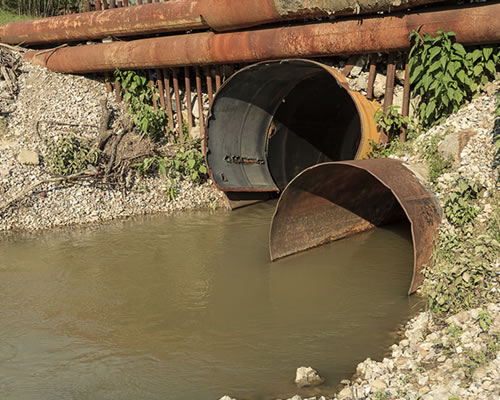
Water pollution from factory farm runoff
Conclusion for Our Environment
Of course it defies all logic and reason . And our planet simply does not have enough resources to support factory farming and raising animals as a food source for humans.
Indeed, this issue is the proverbial elephant in the room. This is the environmental topic everyone should be paying attention to and trying to change in our lifetimes. Because by choosing a plant-based diet, you automatically tread lighter on the earth by drastically reducing the amount of natural resources consumed and pollution caused.
 We’ve focused for years on environmental issues and the measures everyone can take to help resolve them. Yes, we can all drive fuel efficient vehicles, use energy-saving light bulbs, recycle. And sure, we can install water-saving toilets and fixtures, and capture rain in barrels for watering gardens. But perhaps it’s time to focus on the most effective change one person can make for our beleaguered planet: Stop eating animals.
We’ve focused for years on environmental issues and the measures everyone can take to help resolve them. Yes, we can all drive fuel efficient vehicles, use energy-saving light bulbs, recycle. And sure, we can install water-saving toilets and fixtures, and capture rain in barrels for watering gardens. But perhaps it’s time to focus on the most effective change one person can make for our beleaguered planet: Stop eating animals.
Other Related Articles
http://www.onegreenplanet.org/animalsandnature/factory-farming-is-killing-the-environment/
http://www.collective-evolution.com/2013/03/04/eating-meat-destruction-of-environment/
http://www.foodispower.org/pollution-water-air-chemicals/
Sources for this Article
Union of Concerned Scientists – CAFOs Uncovered, the Untold Costs of Confined Animal Feeding Operations
Food and Water Watch.org
Farm Sanctuary.org
Farm USA.org
Earthsave.org
Environmental Defense
NRDC.org
COK.net
Veganpeace.com

